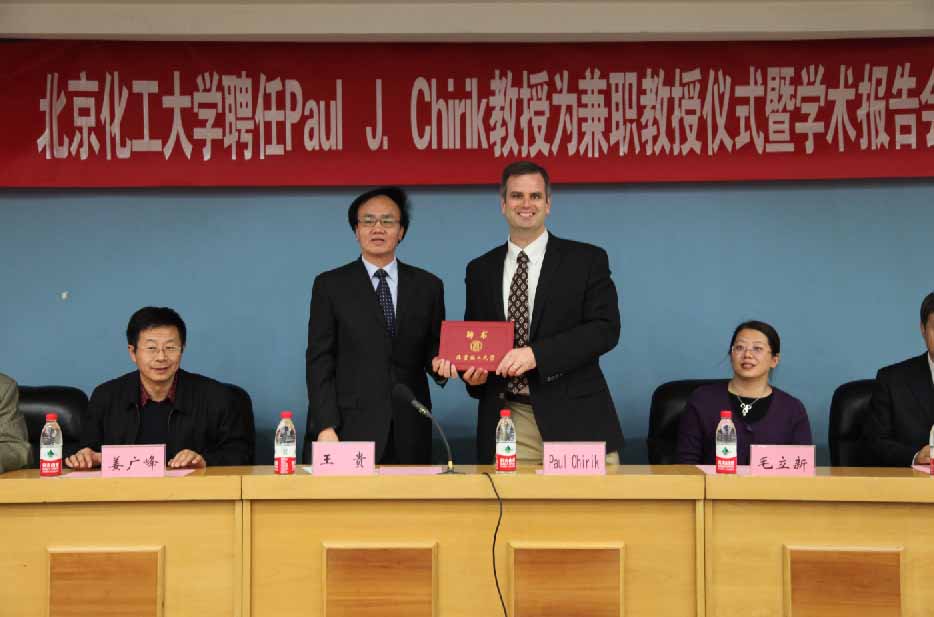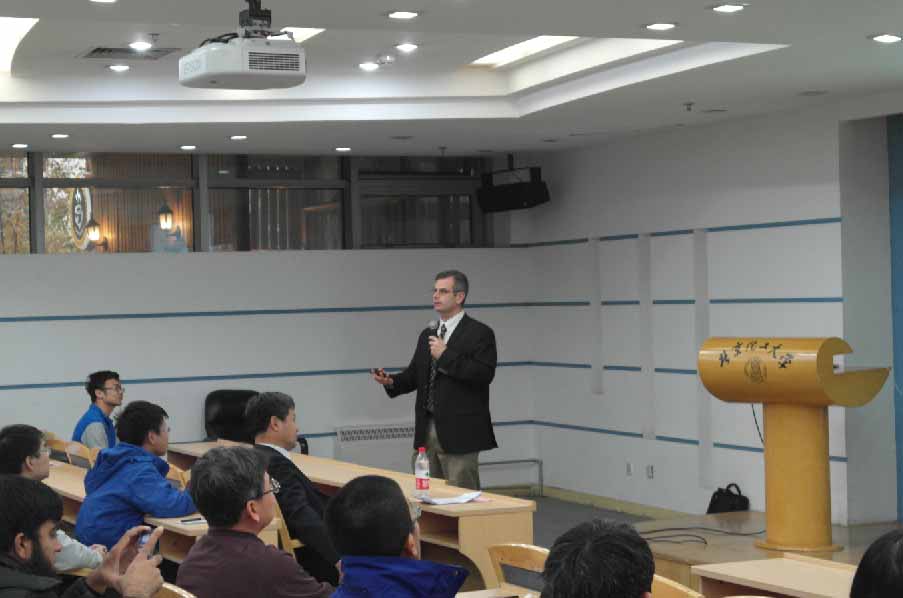Transition metal catalysis has revolutionized chemical synthesis and transformed modern society. By activating strong bonds and imparting unprecedented levels of selectivity, transition metal catalyzed reactions have opened new and more environmentally friendly routes to a host of materials, medicines, and fuels. Historically, most homogeneous transition metal catalysts have principally relied on the scarcest elements on the periodic table – platinum, rhodium, iridium and osmium. Catalysis with earth abundant transition metals such as iron, cobalt and nickel would therefore be of tremendous practical importance and likely improve the overall sustainability profile of many important reactions. Prof. Chirik’s group has been exploring two approaches to base metal catalysis. The first relies on so-called “redox-active” ligands where electron transfer occurs cooperatively between the supporting chelate and the metal. The second approach relies on strong field ligands that confine all redox changes to the transition metal. This lecture will focus on broad principals of catalyst design, characterization of the electronic structure of pre-catalysts as well as intermediates germane to turnover. Specific emphasis will be on new applications that are enabled by base metals.


Paul J. Chirik, the Edward S. Sanford Professor of Chemistry at Princeton University, as the editor-in-chief of the ACS journal, Organometallics. Prof. Paul J. Chirik earned a B.S. in chemistry from Virginia Tech. in 1995, received a Ph.D. in chemistry from California Institute of Technology in 2000, and completed a Postdoc at Massachusetts Institute of Technology in 2001. He has served as an associate editor for Catalysis Science & Technology as well as on the editorial advisory boards for Inorganic Chemistry and Organometallics. Prof. Paul J. Chirik’s research focuses on the catalytic chemistry of base metal compounds to serve as improvements for expensive and toxic heavy metals in the construction of carbon-carbon, -boron, -silicon, and -hydrogen bonds, as well as the discovery of new reactions for the functionalization of atmospheric nitrogen. Prof. Paul J. Chirik has published over 136 articles and held more than 8 patents.
